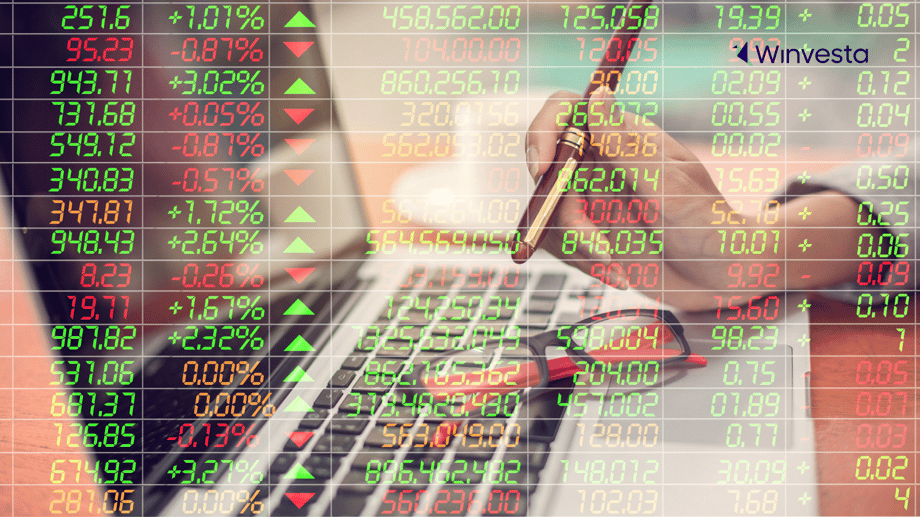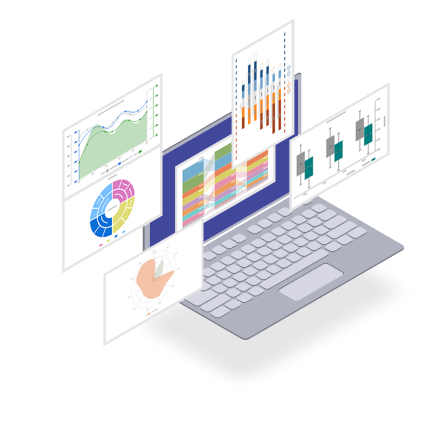Contents
Record highs and reality checks: The US stock market’s evolving story
2 minutes read
19 August 2025

The morning bell rings and Wall Street hums to life. Not so long ago, the S&P 500 charged to a record 6,469 points, a feat that left investors thrilled and wary in equal measure. The thrill comes from tech stocks sprinting ahead. The caution comes from the market’s price-to-earnings ratio, which dances dangerously close to 30, echoes of wild times before the dot-com bubble burst. Those figures don't lie, and neither do the whispers traded on trading floors across New York.
Wild swings and whispered warnings
People see the headline numbers and celebrate. But beneath, cracks begin to show. Earnings have slowed, job growth has cooled down, and inflation refuses to budge. “Right now, investors are getting just $3.30 in earnings for every $100 they put into the S&P 500,” says portfolio manager Claire Stewart. “It’s the kind of deal we saw only before major crashes. The optimism is real, but so is the risk.”
Tech still leads the charge, with chipmakers such as Intel front and centre. Reports emerged that President Trump considered a bold government stake in Intel, sending shares on a slippery slide and investors scrambling for answers. Over at Soho House, a $2.7 billion buyout plan set tongues wagging, as the stock surged 16% on pure anticipation. Google made waves too, snapping up 14% of TeraWulf, a Bitcoin miner, proof that tech giants still see gold in unconventional corners.
Novo Nordisk brought some positive tremors, slicing prices for its famed Ozempic treatment. “This is a win for American patients and a challenge for rivals,” said Wendy Barnes, CEO of GoodRx, “but the pressure on margins will be immense. It’s a real market shake-up.” Companies are learning if you can’t boost profits, lowering prices might still move the needle.
The watchful eyes of the fed and retail giants
As the week unfolds, all eyes turn to the Federal Reserve. Investors hold their breath for Jerome Powell’s speech at the annual Jackson Hole symposium, seeking clues about interest rate cuts that could jolt the markets one way or the other. Laura Bratton, a senior analyst with Yahoo Finance, adds, “With the Fed on the brink and retail earnings due from Home Depot, Target, and Walmart, expect volatility. We’re in a fragile moment. Data and the Fed rule everything.”
Retailers form the day’s other drama. Home Depot looks poised for earnings growth, while Walmart and Target have their own fortunes to reveal. Analysts expect surprises in both directions, making consumer sentiment one of the story’s main threads.
According to James Investment, continued profit growth underlies the excitement but stretched valuations mean disappointment may lurk around the bend. “Fundamentals are solid, but margin for error has vanished,” the commentary reads. “Investors need to temper return expectations and brace for bumps on the way ahead.”
And so the market moves—sometimes with unmatched speed, sometimes jarringly slow. Traders tap their screens. Birds-eye viewers scrutinise graphs that look less like stairways and more like mountain ranges. The reality is simple: records excite, but reality checks matter. The market’s mood shifts with every speech, every price cut, and every surprise in a quarterly report. If history teaches anything, it’s that caution joins every celebration, especially when the story is still unfolding.
Disclaimer: The views and recommendations made above are those of individual analysts or brokerage companies, and not of Winvesta. We advise investors to check with certified experts before making any investment decisions.

Ready to own a piece of the world’s biggest brands?
- Invest in 4,000+ US stocks & ETFs
- Fractional investing
- Zero account opening fees
- Secure and seamless
Start investing in just 2 minutes!

Build your global portfolio.
.png)
Invest in companies you love, like Apple and Tesla.

Track, manage, and grow your investments.



